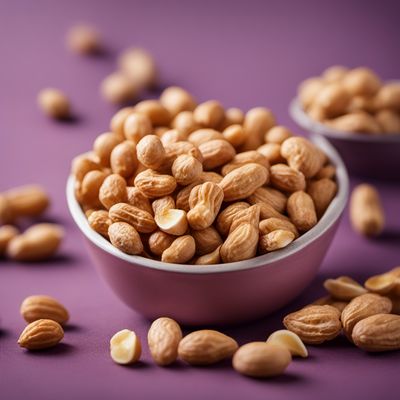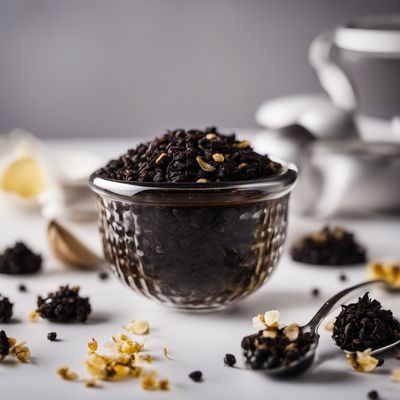
Ingredient
Nougat flavour
"Sweet Delight: Exploring the Irresistible Nougat Flavour"
Nougat flavour is characterized by its rich, creamy, and sweet taste, reminiscent of toasted nuts and honey. It has a smooth and velvety texture, often with a slight chewiness. The flavour profile of nougat is complex, combining the nuttiness of almonds or pistachios with the sweetness of honey or sugar. Its appearance can vary depending on the application, ranging from a soft and creamy consistency in desserts to a crunchy texture in nougat candies.
Origins and history
Nougat has a long history that can be traced back to ancient Persia, where it was known as "nāwīd." It gained popularity in the Middle East and Mediterranean regions, particularly in Italy and France. Nougat was traditionally made with ingredients like almonds, honey, and egg whites, and it was often enjoyed during festive occasions. Over time, different variations of nougat emerged, including the soft and chewy nougat from Montélimar in France and the crunchy nougat from Italy.
Nutritional information
Nougat flavour is a source of energy, providing calories from carbohydrates and fats. It may contain varying amounts of protein, depending on the specific recipe or product. Additionally, nougat flavour may contain traces of vitamins and minerals from the nuts used in its preparation.
Allergens
Nougat flavour may contain allergens such as nuts (e.g., almonds, pistachios) and eggs, which can trigger allergic reactions in susceptible individuals.
How to select
When selecting nougat flavour, look for high-quality products that use natural ingredients and avoid artificial additives. Opt for nougat flavour made with real nuts and honey for an authentic taste. Check the ingredient list to ensure it does not contain any allergens that may pose a risk to your dietary restrictions.
Storage recommendations
To maintain the freshness and quality of nougat flavour, store it in a cool, dry place away from direct sunlight. It is best to keep it in an airtight container to prevent moisture absorption, which can affect its texture and taste.
How to produce
As a flavour, nougat can be produced by combining natural extracts or essences that mimic the taste of traditional nougat. Amateur cooks can experiment with blending almond extract, honey, and vanilla to create a homemade nougat flavour.
Preparation tips
Nougat flavour can be used in a variety of sweet treats, such as ice creams, cakes, cookies, and candies. Incorporate it into your recipes by adding a few drops or teaspoons of nougat flavour to the desired dish during the preparation stage. Remember to taste and adjust the amount according to your preference, as the intensity of the flavour can vary.
Culinary uses
Nougat flavour is commonly used in desserts and confections, adding a delightful sweetness and nutty undertones. It is often incorporated into nougat candies, nougat ice creams, nougat-filled chocolates, and nougat-flavored cakes or pastries.
Availability
Nougat flavour is widely available in culinary specialty stores, baking supply shops, and online retailers. It can be found in regions where nougat-based desserts and confections are popular, such as France, Italy, and the Middle East.
More ingredients from this category » Browse all

Ketchup flavour
Tangy Tomato Twist: Exploring the World of Ketchup Flavour

Medium hot flavour
The Fiery Essence of Medium Heat

Peanut flavour
The Versatile Delight of Peanut Flavor

Tea black flavour
The Dark Elixir: Unveiling the Richness of Black Tea

Yoghurt flavour
The Creamy Indulgence: Yoghurt Flavour

Anise flavour
Anise: The Licorice-Like Aromatic Herb

Whiskey flavour
"The Enchanting Essence of Whiskey Infusion"

Marjoram flavour
The Fragrant Herb: Marjoram and Its Aromatic Delights

Sherry flavour
"The Art of Sherry: Unlocking the Essence of Flavour"

Leek flavour
"The Subtle Allure of Leek: Unveiling the Delicate Flavors of this Versatile Ingredient"

Milk flavour
The Creamy Elixir

Carrot flavour
The Vibrant Essence of Carrots